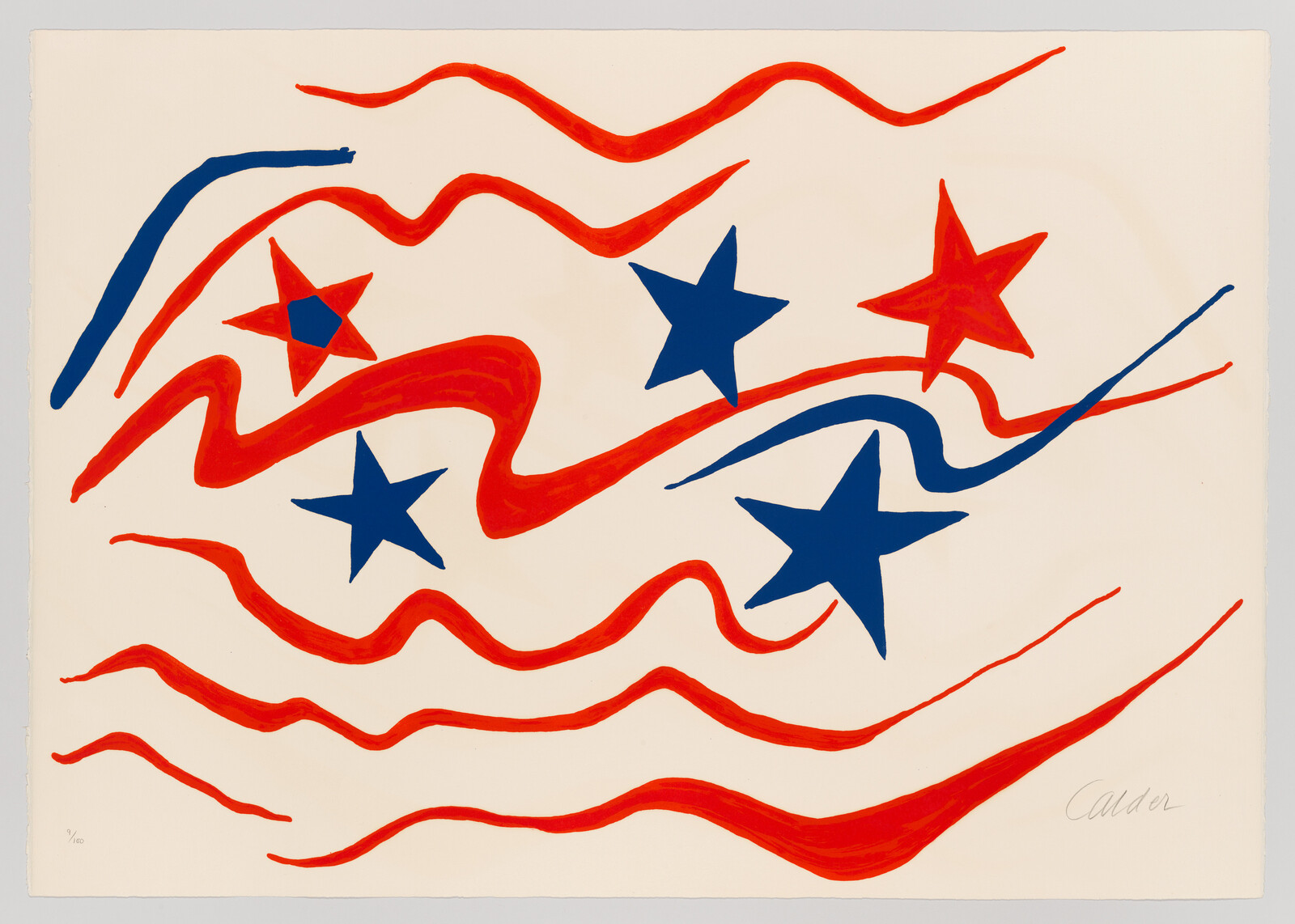About this artist: Alexander Calder
Feb 8, 2013
0:00
About this artist: Alexander Calder
0:00
Narrator: For most Americans, Alexander Calder’s work has become extremely familiar. His late monumental sculptures populate plazas around the country—and even the world. Versions of the sculptural form he invented—the mobile—hang in nurseries everywhere. It’s easy to forget that the sculptor’s work, accessible as it is, was also very radical.
Sculpture is one of the oldest artistic media. Historically, it was carved or molded in bronze, stone, and other enduring materials. It also tended to be exhibited on a base, which set it apart from the real world. In the early twentieth century, artists like Pablo Picasso and Vladimir Tatlin broke with all of these conventions. They made constructions—collaging elements together in a manner that suggested change and contingency. They used humble materials. And they often displayed the works in unusual ways—lodging them in the corner of a room, for example. Calder followed in their footsteps, and pushed their ideas even farther. He introduced real movement into the medium for the first time in art history, and he lifted it off the base to float free in the air.


